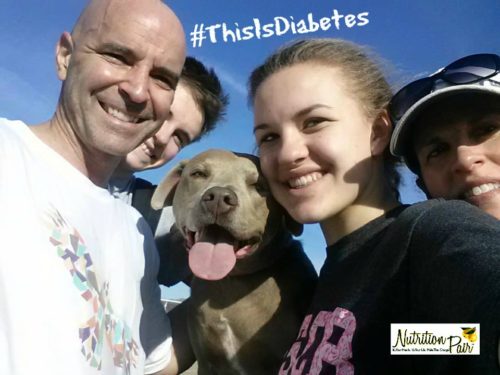
From our family to yours…we wanted to wish everybody a Happy, Healthy and Safe Thanksgiving! This is the kickoff to the Holiday Season and as a person with Type 1 Diabetes, I am frequently asked how I handle eating during this time of year and still control my blood sugars. My approach is simple. First, I maintain my exercise program! Exercise is part of the blood sugar control program. Second, I never say or let it be said, that I cannot have a certain food. I do not forbid myself from eating anything. I do continue to watch portion sizes and keep track of the amount of carbohydrate that I have eaten. And, I check my blood sugars more often to help me identify how my body is reacting to the foods I’ve had. Checking blood sugars allows me to better dose my insulin and maintain control. Most importantly, I try to shift the focus from the foods to the people. To me Thanksgiving is about sharing memories about the past year and looking toward the future. Cherish the time with one another and enjoy the love, laughter and warmth the Holidays can bring.
It’s Your Health. It’s Your Life. Make That Change!
~ John
 ce entrees to use and enjoyed them. She found
ce entrees to use and enjoyed them. She found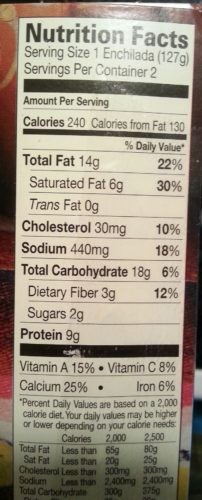 the “Amy’s Gluten Free, No GMO, Cheese Enchilada, Made with Organic Tortillas & Tomatoes”, with other single serve frozen items and glanced at the Nutrition Facts. Once she got to her hotel room and started preparing her meal, she realized the small package was actually contained 2 servings! Instead of getting 440 mg of sodium, she consumed 880 mg. We generally counsel clients to keep sodium goals to 2000 mg a day or 500-600 mg per meal. While she did not exceed her overall daily sodium intake for the day by too much, that was an excessive amount for her at one meal. And for the record, no, Angie did not purchase the item because of the gluten free, organic ingredients and No GMO claims!
the “Amy’s Gluten Free, No GMO, Cheese Enchilada, Made with Organic Tortillas & Tomatoes”, with other single serve frozen items and glanced at the Nutrition Facts. Once she got to her hotel room and started preparing her meal, she realized the small package was actually contained 2 servings! Instead of getting 440 mg of sodium, she consumed 880 mg. We generally counsel clients to keep sodium goals to 2000 mg a day or 500-600 mg per meal. While she did not exceed her overall daily sodium intake for the day by too much, that was an excessive amount for her at one meal. And for the record, no, Angie did not purchase the item because of the gluten free, organic ingredients and No GMO claims! It’s almost the end of January which means it’s a good time to check and make sure you’re staying on track with the health and fitness resolutions that you had in mind on December 31st. How is your progress going? If you have not yet been successful, you are not alone!
It’s almost the end of January which means it’s a good time to check and make sure you’re staying on track with the health and fitness resolutions that you had in mind on December 31st. How is your progress going? If you have not yet been successful, you are not alone!
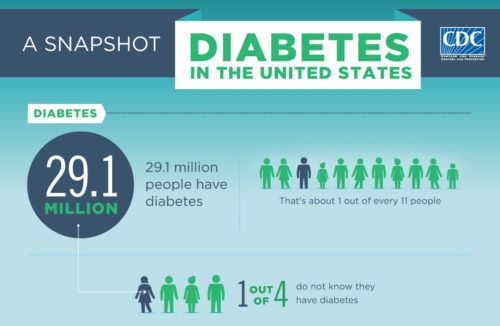 day is World Diabetes Day. These celebrations are held to raise awareness of the disease and to help find a cure. Those are great goals to celebrate. But let’s get personal. What does diabetes mean to you? With more than 29 million Americans, almost 1 in 11, having diabetes, chances are you or someone you know may have diabetes. Or, are you like the 1 out of 4 people with diabetes that are not aware they have it? How has diabetes affected your life? We’d love to hear your stories, both good and bad, about diabetes.
day is World Diabetes Day. These celebrations are held to raise awareness of the disease and to help find a cure. Those are great goals to celebrate. But let’s get personal. What does diabetes mean to you? With more than 29 million Americans, almost 1 in 11, having diabetes, chances are you or someone you know may have diabetes. Or, are you like the 1 out of 4 people with diabetes that are not aware they have it? How has diabetes affected your life? We’d love to hear your stories, both good and bad, about diabetes.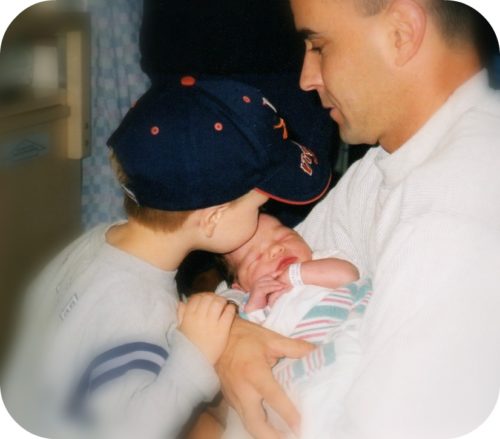

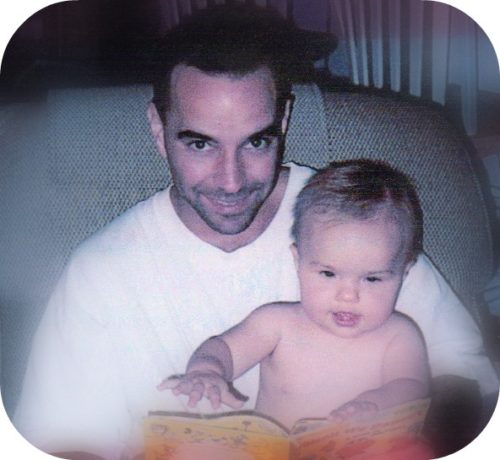
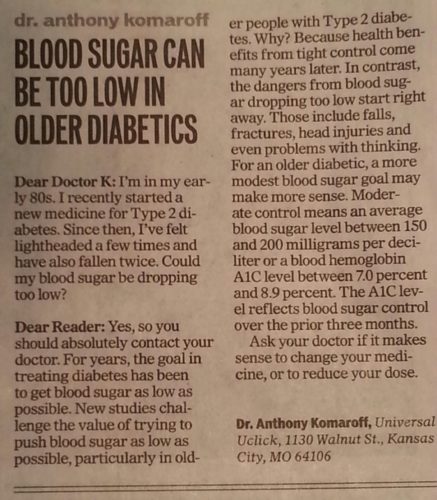 Nice response from Dr. Komaroff in answering a question from one his readers. (Saw this in the Wednesday, August 17, 2016 edition of The Virginian-Pilot). Older people with diabetes definitely need to speak to their physicians about what target blood sugar levels should be. While having chronically high blood sugars is bad over the long term, hypoglycemia, low blood sugar, can cause immediate problems! You must treat low blood sugars with a sense of urgency. Blood sugar monitoring is important. As we age, our ability to feel low blood sugars can diminish. Often, the older patient with diabetes may be taking multiple medications for a variety of health issues. This too can inhibit the body’s response to recognizing low blood sugar levels. Because of these issues, the recommendation is to allow blood sugar levels to run a little higher for this group. Dr. Komaroff details that very well in his column.
Nice response from Dr. Komaroff in answering a question from one his readers. (Saw this in the Wednesday, August 17, 2016 edition of The Virginian-Pilot). Older people with diabetes definitely need to speak to their physicians about what target blood sugar levels should be. While having chronically high blood sugars is bad over the long term, hypoglycemia, low blood sugar, can cause immediate problems! You must treat low blood sugars with a sense of urgency. Blood sugar monitoring is important. As we age, our ability to feel low blood sugars can diminish. Often, the older patient with diabetes may be taking multiple medications for a variety of health issues. This too can inhibit the body’s response to recognizing low blood sugar levels. Because of these issues, the recommendation is to allow blood sugar levels to run a little higher for this group. Dr. Komaroff details that very well in his column. We all want our children to be the best they can be. We want our children to be healthy, happy and safe. One way to make sure your child is prepared is with nutrition. It starts an early age, a very early age! August is National Breastfeeding Month and Kids Eat Right Month. Both programs are geared towards helping to educate parents about the importance of nutrition throughout life. I like that we celebrate both events together. There is no question that breastfeeding your newborn for as long as possible will help to set a solid foundation for health. Continuing healthy habits as your child ages will help to reduce their risk of chronic disease and illnesses.
We all want our children to be the best they can be. We want our children to be healthy, happy and safe. One way to make sure your child is prepared is with nutrition. It starts an early age, a very early age! August is National Breastfeeding Month and Kids Eat Right Month. Both programs are geared towards helping to educate parents about the importance of nutrition throughout life. I like that we celebrate both events together. There is no question that breastfeeding your newborn for as long as possible will help to set a solid foundation for health. Continuing healthy habits as your child ages will help to reduce their risk of chronic disease and illnesses. icals, it is surprising that we have not seen a jump in the length of time breastfeeding is provided. Check out this
icals, it is surprising that we have not seen a jump in the length of time breastfeeding is provided. Check out this  m added Caffeine! Not what I was expecting from an Orange Juice. OJ by itself provides you with enough calories in the form of carbohydrate to give you a tremendous amount of energy. Why add caffeine?
m added Caffeine! Not what I was expecting from an Orange Juice. OJ by itself provides you with enough calories in the form of carbohydrate to give you a tremendous amount of energy. Why add caffeine? “100% Orange Juice”. While it is 100% juice, caffeine has still been added and I’ve never seen caffeine in OJ before. And, the last time I checked, caffeine was not a NATURAL ingredient in oranges. We normally buy the HomeMaker brand of orange juice because of the taste, the quality and the cost. However, when seeing their new offering, I was disappointed.
“100% Orange Juice”. While it is 100% juice, caffeine has still been added and I’ve never seen caffeine in OJ before. And, the last time I checked, caffeine was not a NATURAL ingredient in oranges. We normally buy the HomeMaker brand of orange juice because of the taste, the quality and the cost. However, when seeing their new offering, I was disappointed.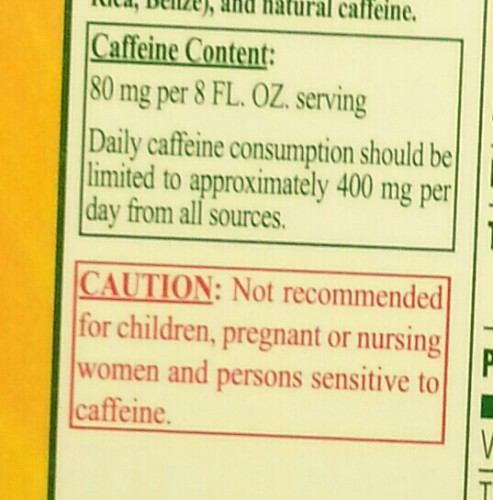 a child that drinks 12 ounces of OJ at time. What happens there? I was impressed to see that the company did add a warning box, highlighted in red, on the Nutrition Facts side of the box stating that children, pregnant or nursing women, and persons sensitive to caffeine should not drink it.
a child that drinks 12 ounces of OJ at time. What happens there? I was impressed to see that the company did add a warning box, highlighted in red, on the Nutrition Facts side of the box stating that children, pregnant or nursing women, and persons sensitive to caffeine should not drink it.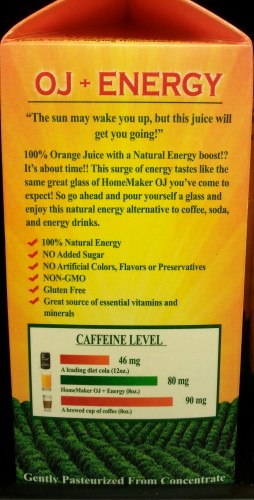
 But my feelings are that they don’t need to confuse the public by mixing the caffeine added OJ in with the regular versions. One of suggestion was to add a statement indicating that caffeine has been added to the OJ. Maybe a bit more prominent by adding it to the sign on the front of the container, like I did in the photo.
But my feelings are that they don’t need to confuse the public by mixing the caffeine added OJ in with the regular versions. One of suggestion was to add a statement indicating that caffeine has been added to the OJ. Maybe a bit more prominent by adding it to the sign on the front of the container, like I did in the photo.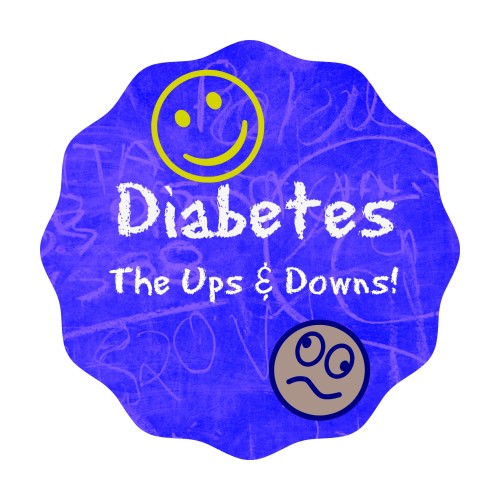 A person with Diabetes will certainly tell you that it has its ups and downs. Sure, having Diabetes can cause a ton of different feelings and emotions. But the Highs and Lows I’m talking about today are Blood Sugar Levels. The Highs and Lows. Both are important and can have an impact on your overall health. But, Lows can be even more problematic. Hypoglycemia can cause a critical situation that might require the intervention of emergency personnel. To prevent that from happening, you must be aware of what your blood sugar levels are doing. So, let me tell you a little story about last night (2.22.2016)…. I’ll show you my Blood Glucose log and actions taken:
A person with Diabetes will certainly tell you that it has its ups and downs. Sure, having Diabetes can cause a ton of different feelings and emotions. But the Highs and Lows I’m talking about today are Blood Sugar Levels. The Highs and Lows. Both are important and can have an impact on your overall health. But, Lows can be even more problematic. Hypoglycemia can cause a critical situation that might require the intervention of emergency personnel. To prevent that from happening, you must be aware of what your blood sugar levels are doing. So, let me tell you a little story about last night (2.22.2016)…. I’ll show you my Blood Glucose log and actions taken: